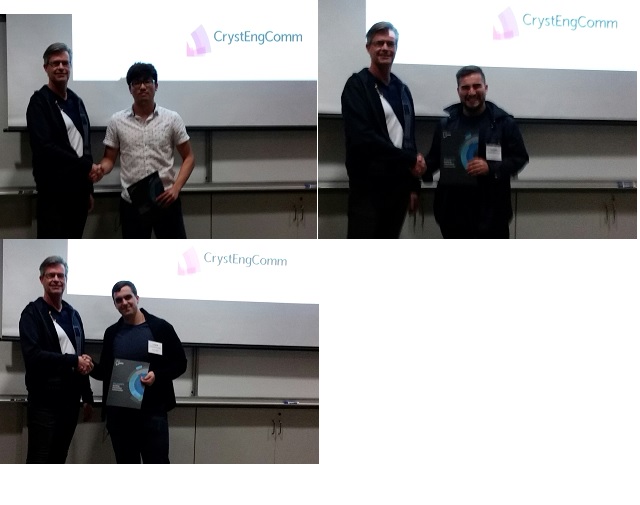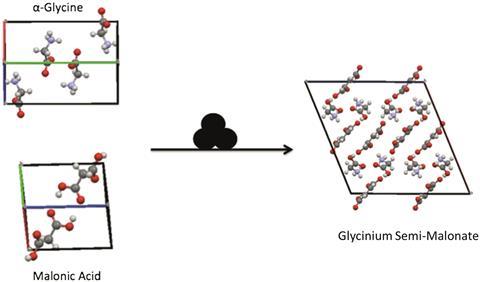We would like to highlight the Outstanding Reviewers for CrystEngComm in 2018, as selected by the editorial team, for their significant contribution to the journal. The reviewers have been chosen based on the number, timeliness and quality of the reports completed over the last 12 months.
We would like to say a big thank you to those individuals listed here as well as to all of the reviewers that have supported the journal. Each Outstanding Reviewer will receive a certificate to give recognition for their significant contribution.
Professor Matthias Bickermann, Leibniz Institute for Crystal Growth ORCiD: 0000-0003-0888-849X
Professor Catharine Esterhuysen, Stellenbosch University ORCiD: 0000-0002-0135-2118
Dr Franca Jones, Curtin University ORCiD: 0000-0002-8461-8291
Dr Richard Jones, Keele University ORCiD: 0000-0001-9663-1525
Dr Anna Krawczuk, Jagiellonian University ORCiD: 0000-0001-7172-7264
Professor Jian-Ping Lang, Soochow University ORCiD: 0000-0003-2942-7385
Professor Weiqiang Liao, Southeast University ORCiD: 0000-0002-5359-7037
Dr Subhadip Neogi, CSIR-CSMCRI ORCiD: 0000-0002-3838-4180
Dr Alexander Shtukenberg, NYU ORCiD: 0000-0002-5590-4758
Dr Tharanga Wijethunga, MIT ORCiD: 0000-0003-1099-9471
We would also like to thank the CrystEngComm board and the crystal engineering and crystalline materials community for their continued support of the journal, as authors, reviewers and readers.
If you would like to become a reviewer for our journal, just email us with details of your research interests and an up-to-date CV or résumé. You can find more details in our author and reviewer resource centre











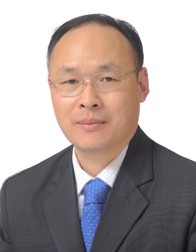

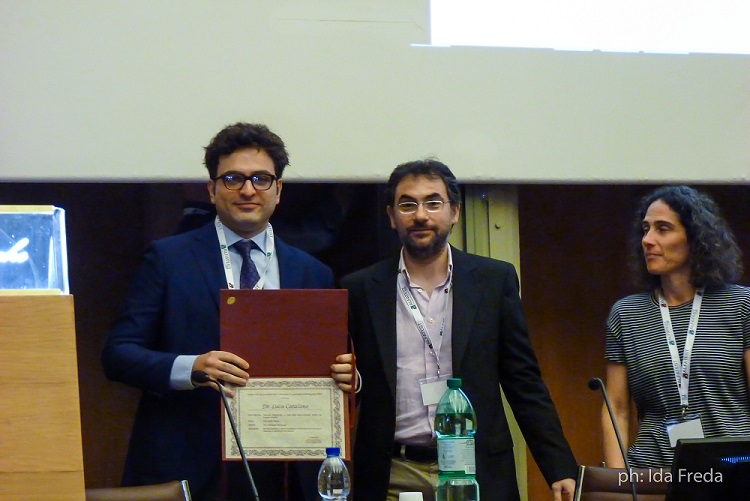
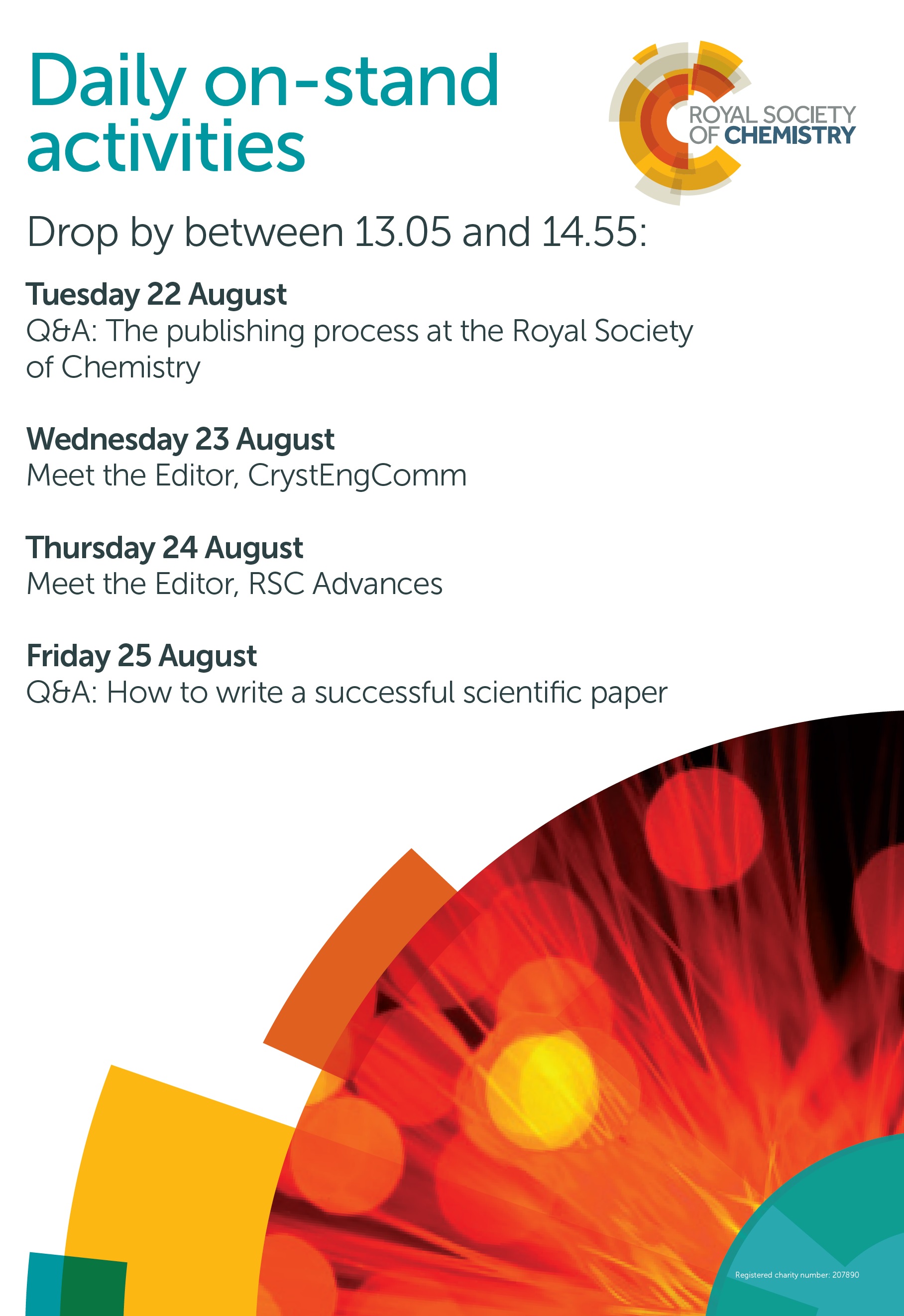
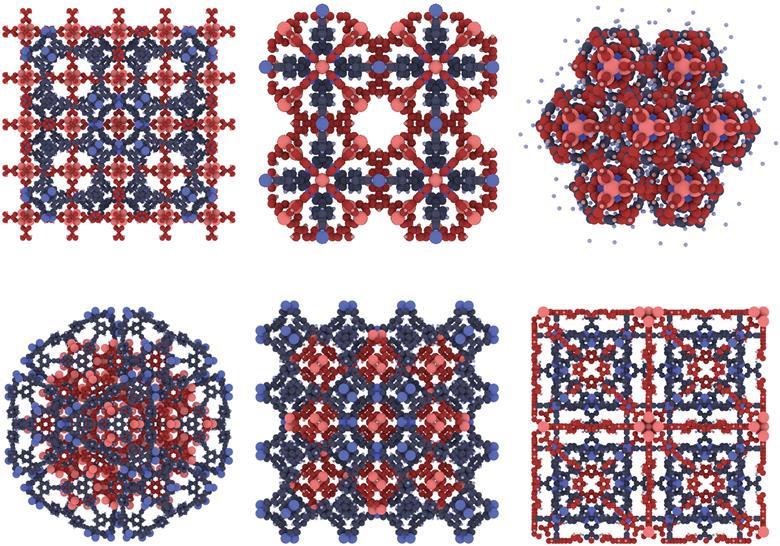
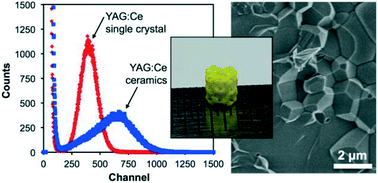
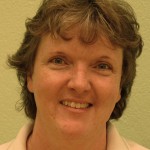 Gwenda Kyd has a PhD in metallocarborane chemistry from the University of Edinburgh. Other research work includes the spectroscopic study of the structure of glasses and organometallic electron-transfer reactions and the preparation of new inorganic phosphors. She published a book, ‘Molecules, Medicines and Mischief’, in 2014, on some of the chemicals found in plants and is currently working on a follow-up.
Gwenda Kyd has a PhD in metallocarborane chemistry from the University of Edinburgh. Other research work includes the spectroscopic study of the structure of glasses and organometallic electron-transfer reactions and the preparation of new inorganic phosphors. She published a book, ‘Molecules, Medicines and Mischief’, in 2014, on some of the chemicals found in plants and is currently working on a follow-up.